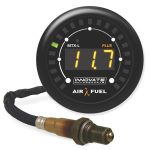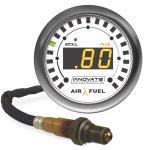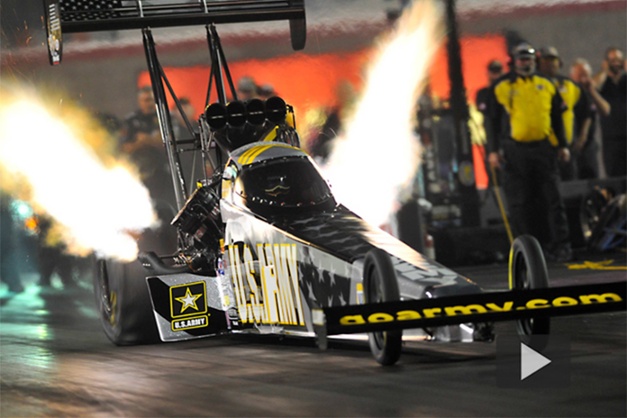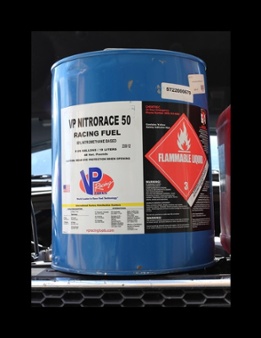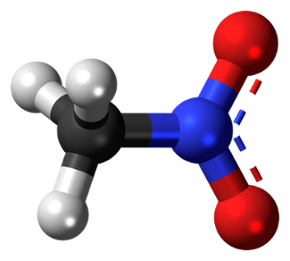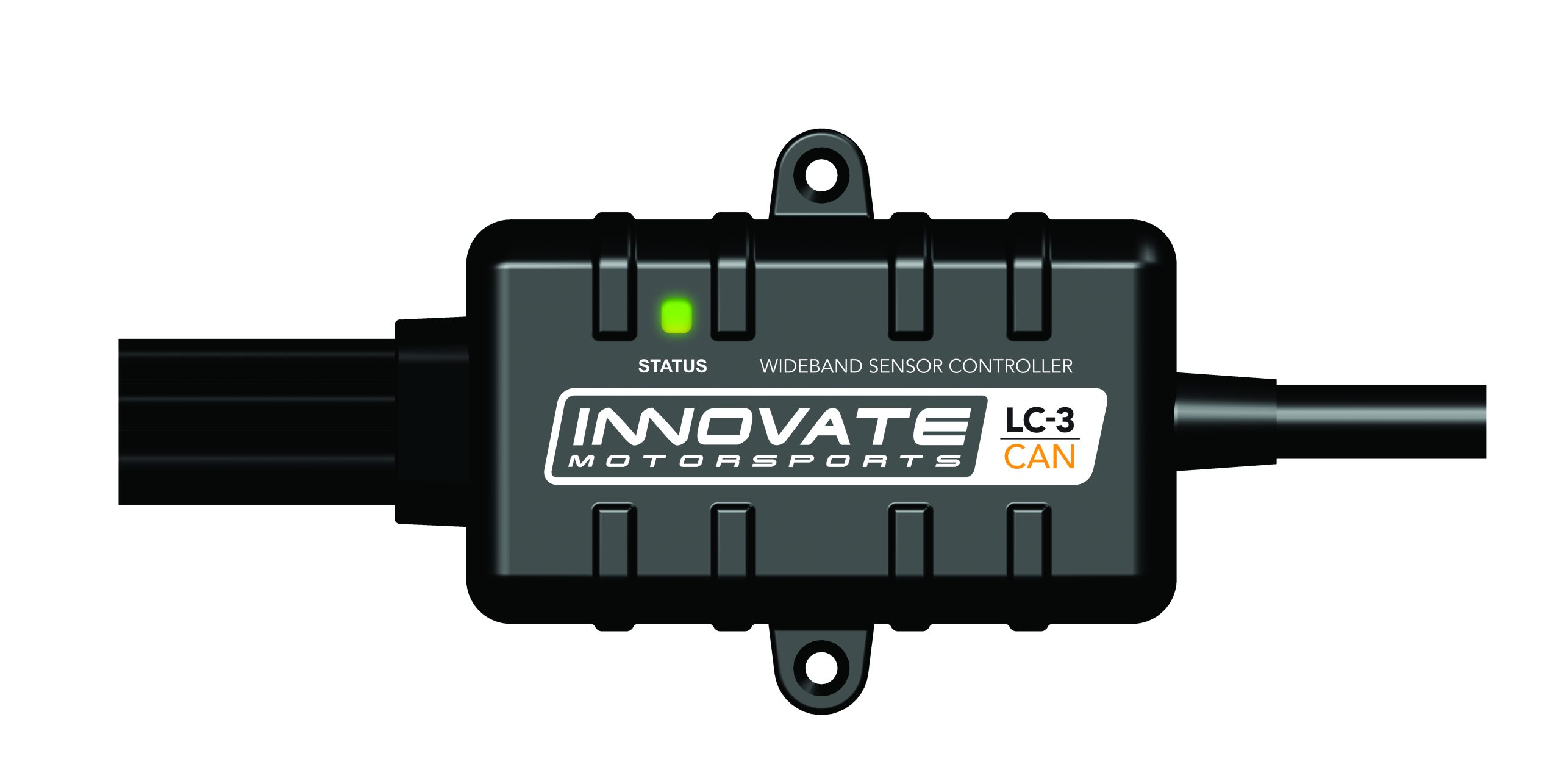Lambda and AFR are two paths to the same destination–a well tuned engine. However, understanding the difference and applying it to tuning practices can save time and maximize efficiency when dealing with alternative fuels.
As performance enthusiasts and racers work with more sophisticated tuning tools—especially those designed for EFI engines—there’s a growing debate on whether to use air-fuel ratio or Lambda in the calibrations and dyno testing. Drivers may also have a choice between the two during real-time observation on their gauge.
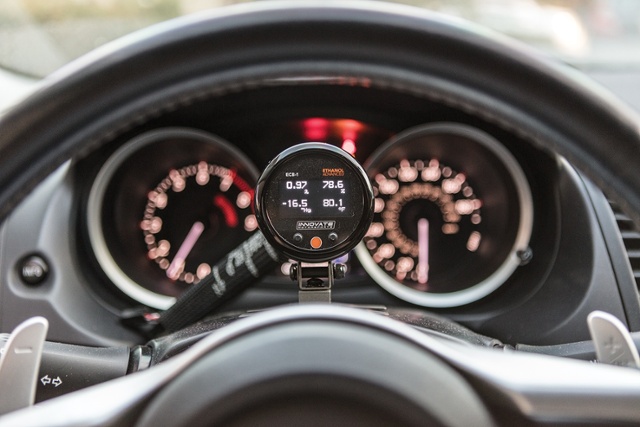
To be clear, an engine doesn’t know the difference between AFR and Lambda. It’s simply two different terms that that tuners use to effectively impart the same measurement of air and fuel used in the engine’s combustion cycles. However, the vernacular distinction isn’t as casual as, say the similarity between “dollar” and “buck.” There are distinct advantages to using A/F or Lambda in certain situations.
Lambda and AFR are both indicators of an engines combustion mixture. However, AFR is dependent on the type of fuel being used, while lambda is not.
So what is Lambda?
Lambda, which is a Greek letter demonstrated by the symbol λ, represents all fuel’s stoichiometric value as 1.00. Lean conditions would represent a value higher than 1.00, and rich conditions are lower. These lean (higher) and rich (lower) values are calculated for the Lambda scale by dividing the observed A/F ratio with that particular fuel’s stoich. For example: a 12.8:1 observed reading with gasoline is divided by 14.7 to produce a .87 Lambda reading.
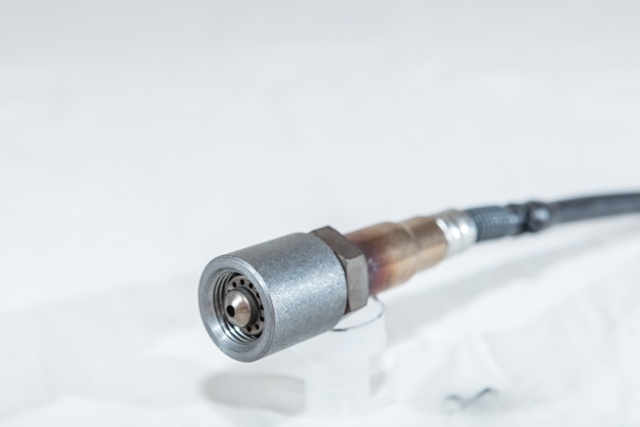
How is Lambda Calculated?
A wideband sensor calculates lambda by comparing the oxygen left in the exhaust to the sensor’s reference pump cell which is referencing stoich. This is why free air calibrationis paramount to correct sensor operation. Because the sensor reads oxygen content, it is impartial to the fuel type being used. If the engine is burning fuel at its specific stoichiometric ratio, all of the oxygen is consumed during combustion. When the sensor detects this stoichiometric condition (no oxygen in the exhaust flow), the lambda gauge will display 1.
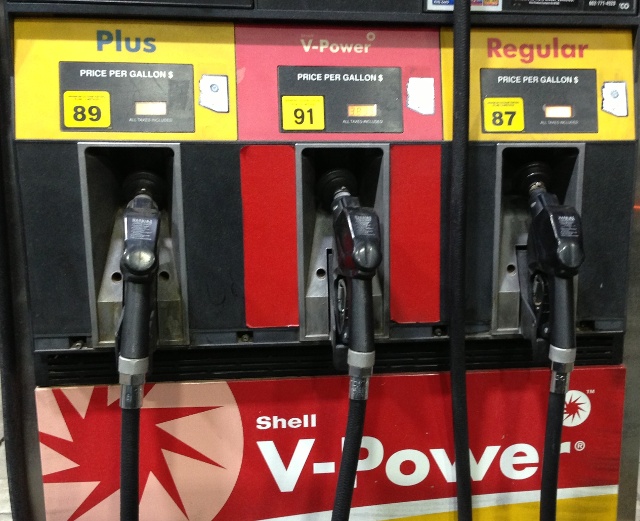
Air Fuel Ratio, Horsepower and Stoichiometry
As most of us learned early in our hot-rod schooling, air-fuel (A/F) ratio is calculated by dividing the pounds of air an engine inhales by the pounds of fuel delivered per hour to the engine. Since the amount of fuel burned by the engine directly correlates to the horsepower produced, that fuel level requires a sufficient amount of air for combustion. In other words, A/F is a tunable property that directly contributes to an engine’s power and efficiency.
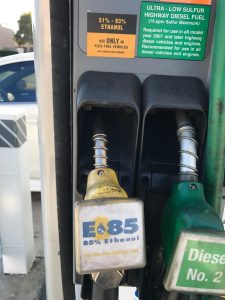
Perhaps the first big, unpronounceable word we ever encountered in a garage was “stoichiometric.” By definition, it’s the optimum mixture of air and fuel, and that formula changes for each type of fuel. For pump gasoline, scientists determined that 14.7 parts of Oxygen is needed for one pound of fuel to completely burn to the point where there is no leftover oxygen or fuel—only the normal byproducts of combustion that include water and carbon dioxide.
That 14.7:1 ratio is stoichiometric for gasoline, usually shortened to “stoich ( pronounced stow-ick) in track slang. If there’s less oxygen and more fuel—say a ratio of 12:1—then the mixture is considered rich. If there’s more oxygen and less fuel—say a ratio of 16:1—then the mixture is considered lean. Stoich is basically the 50-yard line between rich and lean.
If the fuel carries its own oxygen or the energy content of the fuel changes, then stoich changes. Methanol has one oxygen atom in its formula, so stoic is 6.45:1. That is, it takes just 6.45 parts of air for one pound of fuel to efficiently combust.
Innovate has a full line of widebands and tuning tools for your car.
Nitromethane, that wonderful hydrocarbon that carries two oxygen atoms, has a stoic of 1.7:1. On the track, a Top Fuel engine may as rich as 1:1, and that’s why it needs more than 80 gallons of fuel per minute to keep up with all the air pushed through by the massive 14-71 supercharger running over 60 pounds of boost.
Nitro methane, the fuel of choice of top-fuel dragsters, brings two of its own oxygen molecules to the combustion party. For this reason, its stoichiometric ratio is an extremely low 1.7:1. When a Top Fuel engine is running, the cylinder, at TDC, is almost completely full of fuel.
Lamba and Alternative Fuel Tuning
Lambda has long been used for tuning purposes in high-end race operations and the OEMs—especially in countries on the metric system. It never really started breaking into the domestic mindset until a new high-performance fuel became readily available at the pump.
The issues with tuning using AFR started when E85 became popular,” says Felipe Saez, customer service technical adviser at Innovate Motorsports. “E85 defined as exactly 85 percent ethanol and 15 percent gasoline has a stoichiometric ratio of 9.8:1. The problem is that E85 is rarely an 85/15 exact blend of ethanol and gasoline when you get it at the pump. With every different blend, you must calculate a different stoichiometric ratio.”
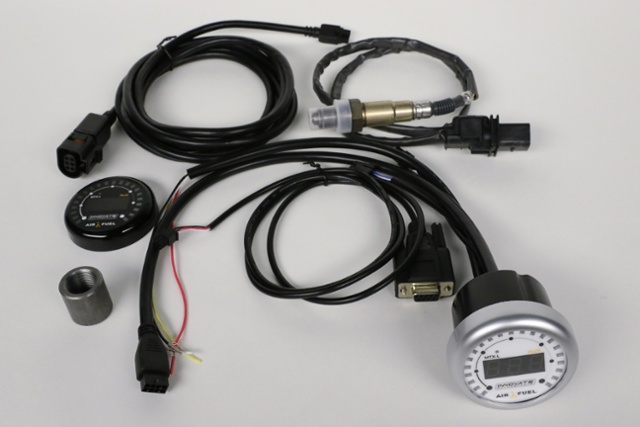
Unlike methanol that is produced from natural gas, ethanol is produced from corn or other agricultural products. Both carry a single oxygen atom in their chemical makeup. Pure 200-proof ethanol has a 9.0:1 stoich ratio, and when mixed with gasoline to make E85 it has the aforementioned 9.8:1 stoich.
As the benefits and use of E85 became more widespread, not only were the different blends at the pump a problem, but many street enthusiasts switched between gas for cruising and E85 for racing. Calibrating the ECM using A/F or watching the gauge to make sure you didn’t lean out the motor became quite confusing and bordering on impractical.
“The solution to this problem is to simply use Lambda as your unit of measure since this does not change, regardless of the fuel or fuel blend being used,” advises Saez. “I recommend Lambda be used by anybody who runs E85 or tuners that tune different fuels. At the end of the day, you want to keep things consistent to make interpreting the data as easy as possible.
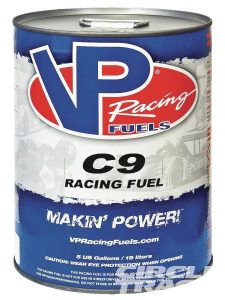
“When discussing or comparing tunes it is important that the unit of measure being compared be the same,” continues Saez. “I remember one scenario where a user was shooting for a 7.6 AFR when he was running in the gasoline scale. The number he was shooting for, was given to him by somebody that had their setup set to AFR in the E85 scale. 7.6 E85 AFR = 11.5 Gasoline AFR = .8 Lambda.”
In racing applications, stoich is very rare. Under load, an engine is usually tuned between 15% – 25 % richer than stoichiometric. They will fatten or richen up the fuel mixture to pack a little more energy potential into the engine. Key to observing an accurate fuel mixture is running a quality wide-band O2 sensor mated to a digital gauge, such as the MTX-L Plus from Innovate Motorsports. A wide-band sensor generally reads in Lambda; that is, it’s measuring the free air in the spent gasses and calculating the ratio. A factory narrow-band O2 will not work well in performance applications.
“A narrowband sensor will not communicate the necessary data a racer is looking for,“ said Saez. “ A narrowband sensor will only read richer or leaner than stoichiometric. A wideband will read the specific values in a much broader range.”
“A narrowband reads a narrow range, richer or leaner than stoichiometric,” says Saez. “A wideband will read the full spectrum. The Innovate line of widebands allows you to take measurements from .5 to 1.5 lambda. A wideband cannot pinpoint which fuel you are using because it is only reading the oxygen, or lack thereof. A wideband displays AFR by calculating the Lambda value by the stoichiometric ratio selected.”

Conventional wisdom suggests that it’s a good idea to get comfortable using both, but the most effective course of action is choose the measurement you’re most comfortable with and learn all you can about it “The strategy should be to pick your unit of measure and stick with it. The worst thing a user can do is to use AFR and change the stoichiometric ratio with each fuel type since this will make interpreting the data difficult,” urges Saez.
The fear of Lambda has certainly been moderated with more emphasis on the benefits of E85 in addition to gauges like the MTX-L Plus that can quickly switch between both measurements.“Lambda has not been widely adopted in the United States and therefor it sounds foreign to most,” sums up Saez. “With E85 there has been wider adoption.”

